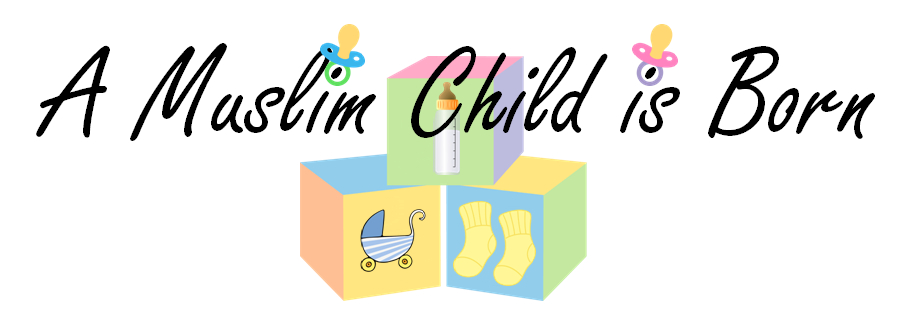السلام عليكم ورحمة الله وبركاته
The book
Wow! Said the Owl
is a
book about colours that your pre-school aged students/children may enjoy very much. The book is also easy to adopt to other languages (i.e. the text lends itself to on the spot translation).
Wow! Said the Owl is the story of a little curious owl who decides that she wants to know what goes on during the day when she is usually asleep. To satisfy her curiosity she sleeps through the night and awakens in the morning to discover a world of colour she previously did not know about.
The refrain in the story is "Wow! said the owl" and in the classroom or home you can easily replace the word "Wow" with "Subhana'Allaah!". During storytime, pre-school children enjoy the refrain and having the chance to repeat it. There are also many activities that can be done with this book. Below you can see three activities that can be done with Wow! Said the Owl.
 |
Click on the picture for a larger view
Note: In the file the owl's stomach is not see through as pictured above |
The worksheet on the right is a garden that children can draw butterflies on. In the story the little owl observes butterflies as they fly through the garden and the owl notes all of the colours that the garden contains. During the art period children can make butterflies from construction paper and then cut them out and paste them into the garden, or they can use butterfly stamps or stickers to place the butterflies. They can also use foam butterfly cut-outs and glue the foam butterflies into the garden. And of course, children can simply draw and colour butterflies to place in the garden as well.
Under the book there are story sequencing cards that help children with reading comprehension and recall skills. The cards show all of the scenes from the story where the owl said, "Wow!" or in this case, "Subhana'Allaah!". After listening to the story read aloud once, (in groups) children are given a set of the story sequencing cards and invited to listen to the story again, this time, putting the cards in the correct order when they hear the refrain, "Subhana'Allaah! said the owl" followed by whatever action or thing the owl sees. These cards are also easy to put in the literacy centre (remember to laminate them first). The teacher records the story being read aloud and during centre time students listen to the story and use the cards to show what happens first, second, third, etc. in the story. Here students not only work on reading comprehension and memory skills, they also have a chance to practice ordinal numbers. Additionally, you can write the numbers 1-7 on the back of each card showing which card comes first, second, etc. in the sequence, thereby allowing children to self-correct when they have completed the activity. When the child finishes the activity, he/she turns the cards over and if the cards are in the correct order from one to seven, the child knows they have ordered the cards accurately.
The story sequencing cards can also be used with young toddlers to help them work on finding hidden objects. After cutting all cards out, sit with your infant and show him/her one card at a time and invite him/her to find the owl. If you have read the book with your child sitting on your lap or next to you, he/she may remember the scenes from the story and this will support their effort to locate the owl. If you notice the child having difficulty finding the owl, provide simple clues to assist. Do not allow the child to reach a level of frustration before providing clues.
On the left hand side of the book, there is an owl on a Popsicle stick. The owl pictured is teacher's owl but the students can easily make the same type of owl (or you can make a photocopy of the owl cards in the file and give each students a copy to glue a Popsicle stick to. Be sure to use cardstock or another similarly heavy paper). After you have read the story aloud, tell children that you will read the story again and when you get to the part where the owl says, "Wow!" or in our case, "Subhana'Allaah!" they hold up their owls and say the refrain with you (i.e. Subhana'Allaah! said the owl"). Pre-school children seem to really enjoy this activity. Perhaps it's the chance to raise their voices *smile* but they really get involved in the activity and the laughter is great to hear.
If you'd like to try the activities pictured insha'Allaah, you can download them
here.
There are many activities that can be done with this book. You can make a felt story board to go with the story and during storytime, children can come up and place the felt pieces in the appropriate places/spots. You can also find many owl related crafts on the Internet but please remind the children not to include facial features on their owls. Do you have any ideas you think might go well with this book? Please share!
Enjoy insha'Allaah!









